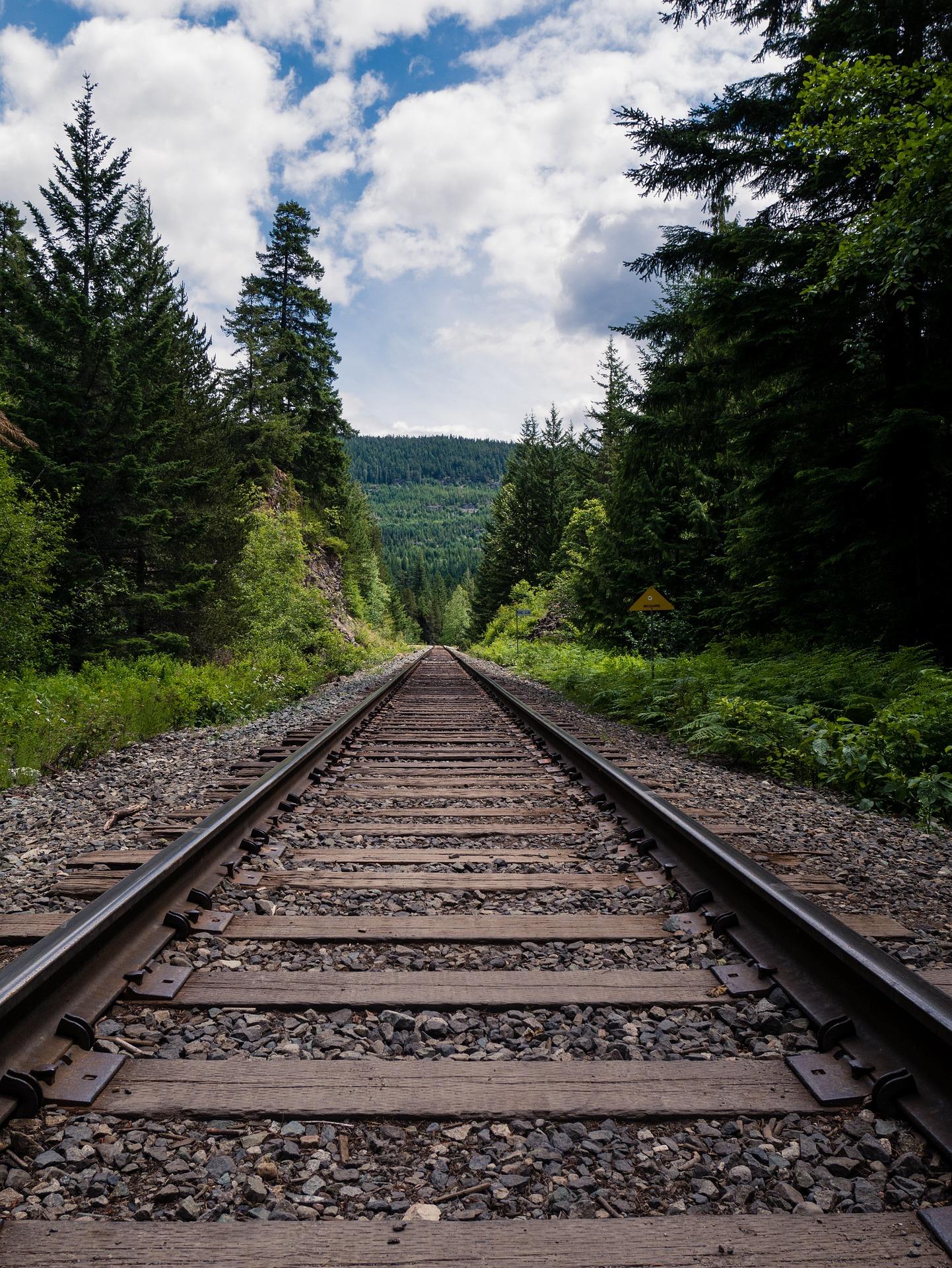1. The AQMD (Air Quality Management District) monitors the amount of pollution companies put out – and for a steam locomotive, it is a lot.
2. Bad show – well, some people say it’s bad show, but most people think that black smoke is supposed to come out of the smoke stack. It isn’t.
3. Wasting fuel and not getting a good fire. When you have too much fuel being injected into the fire box and it doesn’t all burn up before getting sucked out the stack, you end up with black smoke. Also, it means that you just don’t have a good hot fire.
So, during the day, it’s easy for anyone to tell that you’re smoking – but at night, "the engines don’t smoke" because it is almost impossible to see the smoke against the night sky.
Well, the joke held true last night as well. I couldn’t really tell when I was or was not smoking, though I have a good trainer who has taught me that if smoke is coming out of the peep-hole (the hole that you can look through to see the fire in the fire box) then you’re smoking out of the stack.
What I started my shift at 2pm, it was still light out – which makes it difficult to see the ring (the ring is the thickness of the metal of the fire box door that reflects the color of the fire – so you don’t have to actually look AT the fire, you look at the color of the ring.) Now, on most of the other engines, the ring is mostly easy to see, but on No. 4 – the Ernest S. Marsh, you are sitting VERY close to the boiler because the back of the cam is built very close – which means you need to sit with one leg toward the side of the boiler and the other leg toward the back. And with the cab so close, you can’t lean back very well to see the color of the ring.
Well, I figured out how to set the fire in the sunlight with that angle on the ring so that I wasn’t smoking, but was still able to keep the boiler pressure. Then it got dark out. Suddenly, I was making a ROARING fire, which wasn’t very hot, but it was big. After a while, my trainer showed me the difference between a SMALL hot fire, and a BIG not-so-hot fire. It became clear very quickly that I had a big not-so-hot fire.
Well, by the end of the night, I think I got No. 4 figured out okay and was firing at night. It felt good, but then it was time to pull the train back into the roundhouse and go home. I can’t believe I am getting paid to do this job!!
Oh – when you pull a train in for the night, there’s another big, important job to be done. Polishing! Yes, every night the engine gets polished with brass and wood cleaner wax. Don’t forget though – this thing is still HOT! And, this isn’t a car – there’s lots of round surfaces and sharp metal and hot pipes and high places to reach. My trainer showed me what and where and how to polish the engine. It was a little workout polishing standing right next to a giant boiler.
So for the rest of this week, I’m no night shifts, practicing firing at night. Last night I had Al Martinez for my engineer – which was just as much a learning experience as firing at night – ya know, each engineer pulls different. But, once I’m signed off as a fireman and picking up regular shifts, I’ll be on nights for quite a while… as is the way of the new guy.
More to come…
